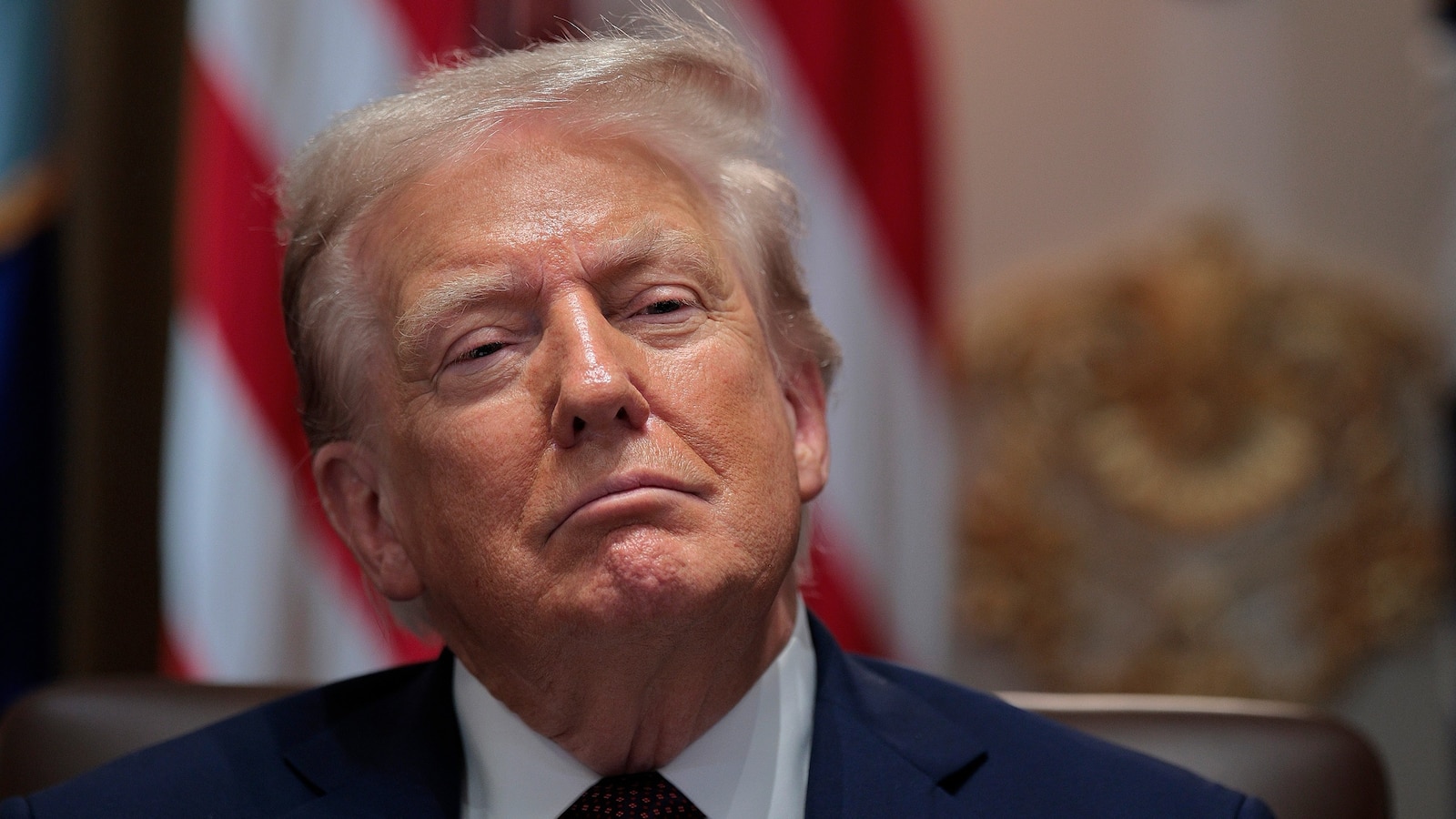AI Generated News: US Tariffs Targeting Indian IT Services Could Change Everything!

Could the US be gearing up to impose tariffs not just on goods but on the very backbone of India's economy—its IT services? This bold move, hinted at by recent proposals, could spell disaster for millions of skilled workers and disrupt the thriving tech landscape that bridges nations.
After recently imposing hefty tariffs on Indian goods, the US government appears to be escalating its measures by exploring potential tariffs on IT services, foreign remote workers, and outsourced business processes. These proposals come alongside plans to overhaul the H-1B visa system and increase taxes on remittances made by Green Card holders and temporary visa workers. If these tariffs go into effect, they could hit India's most significant export engine—its talented human resources, including engineers, coders, and students who are essential not just to Silicon Valley but also to the entire IT-enabled services (ITES) boom in the US.
The debate on this issue gained momentum when conservative commentator Jack Posobiec shared his thoughts on social media platform X, suggesting that “all outsourcing should be tariffed” and arguing that foreign countries must pay for the privilege of delivering services remotely to the US, just as they do for goods. His post was later echoed by Peter Navarro, a Senior Counsellor for Trade and Manufacturing, indicating that these ideas are finding favor among influential figures in the White House.
So, what would be the impact if these tariffs on IT services were to be implemented? The consequences could fundamentally reshape the economics of global outsourcing. Imposing tariffs on foreign remote workers would inevitably raise the costs of providing IT and back-office services to US companies. This could prompt firms to reassess contracts, increase service prices, or even consider bringing jobs back to the US. Such a series of reactions could ripple through the economy, disrupting supply chains, delaying projects, and eroding profit margins for Indian IT companies that heavily rely on the American market.
India's IT and services sector is not just an industry; it's a cornerstone of its economy. Every year, millions of engineering and computer science graduates enter the workforce, creating a steady stream of talent for IT and business process outsourcing firms. Major players like Infosys, Tata Consultancy Services (TCS), Wipro, Cognizant, and HCL are top sponsors of H-1B visas, which allow skilled workers to gain employment in the US for several years. But if the US were to restrict access to these visas, it would threaten the very foundation of a sector that has been crucial in supporting both employment and India’s standing in the global economy.
Moreover, these new policies could have serious implications for bilateral relations between the US and India. As restrictions on talent mobility tighten, Indian companies may be forced to diversify their markets, potentially leading to a loss of innovation and shared knowledge that has benefitted both countries.
Adding another layer to this situation, the US is tightening visa regulations—an essential pathway for India's IT workforce. H-1B visas have historically been the backbone of India's IT export model, allowing professionals to gain valuable on-site experience in the US and build relationships that facilitate project success. The latest proposals seek to limit the durations of these visas for various international categories, ostensibly to tighten oversight and reduce misuse. This move could severely impact India's IT professionals and the companies that depend on them.
Furthermore, the US has ramped up taxes on remittances, which is particularly alarming for India, the world’s top remittance recipient. According to the Global Trade Research Initiative (GTRI), the US tax on remittances sent abroad by non-citizens is poised to cause significant financial strain on India, which stands to lose billions in annual foreign currency inflows if this plan is enacted. Current data from the Reserve Bank of India indicates that the US accounts for a staggering 27.7% of the remittances flowing into India in the fiscal year 2023-24. This is not just a matter of economics; it’s a lifeline for families and communities back home.
















